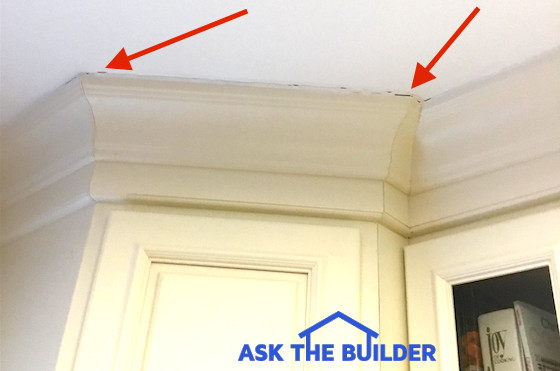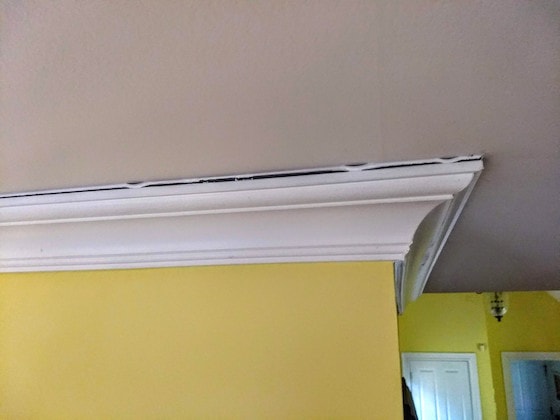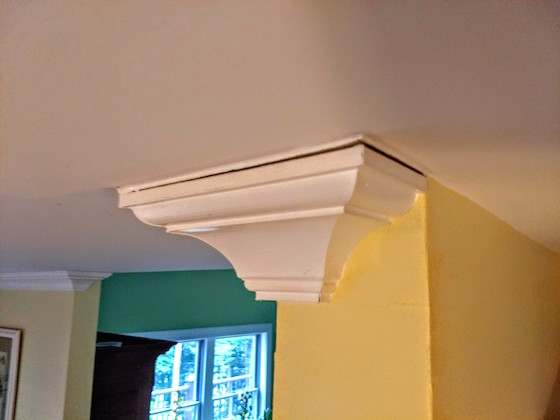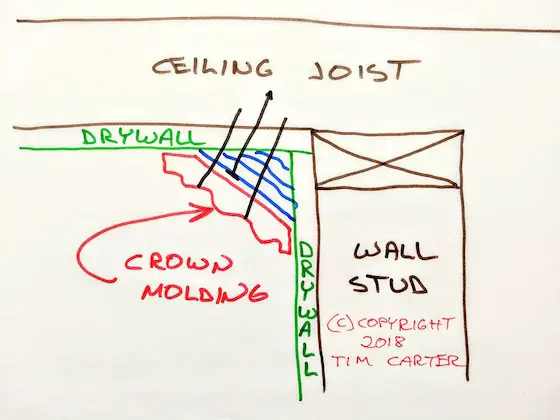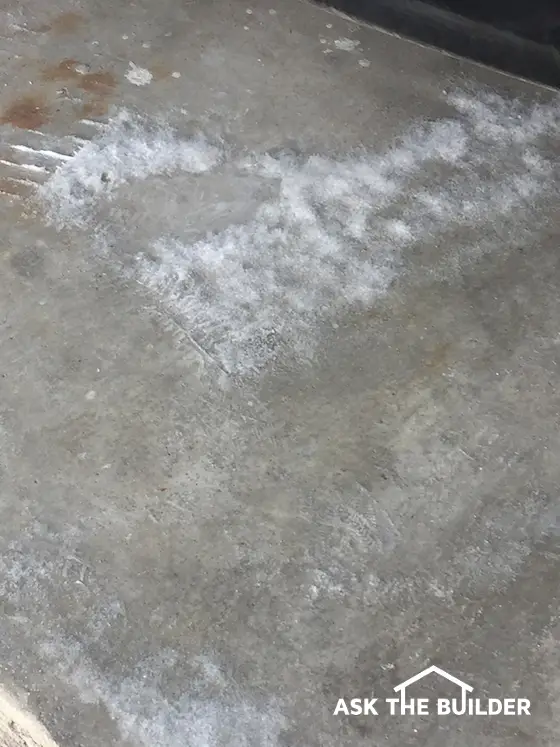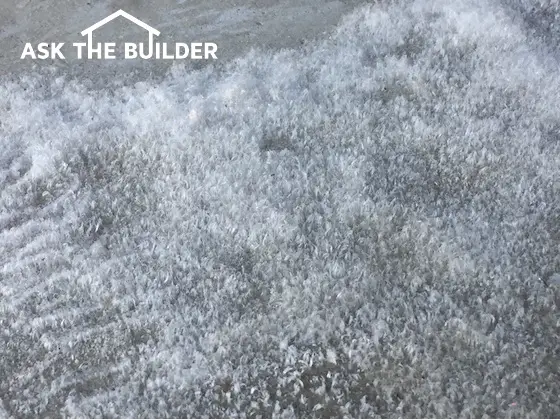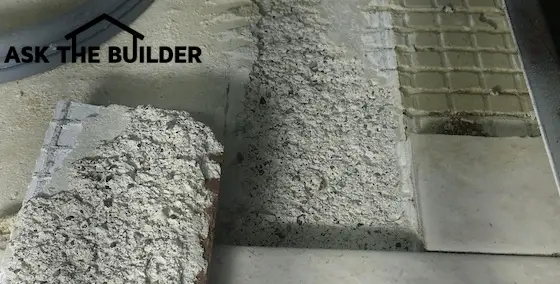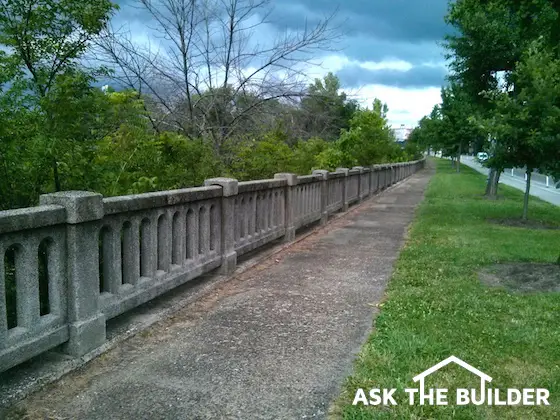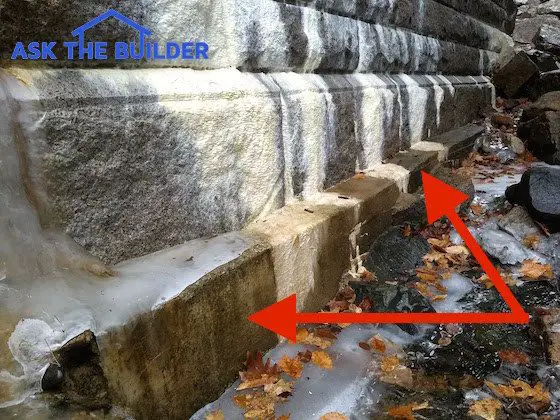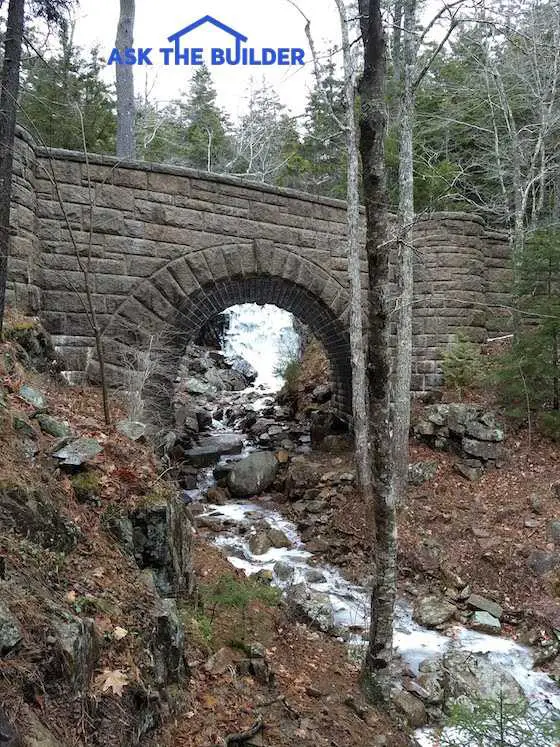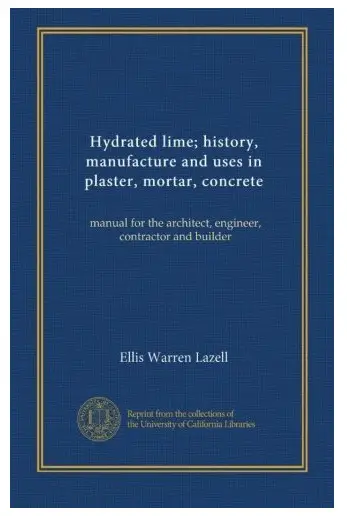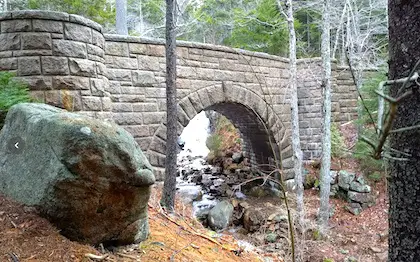I was born and raised in Cincinnati, Ohio - a town that not only has a strong Midwestern culture, but it also possesses a rich stock of grand homes in its older neighborhoods.
It wasn't until I approached my mid 30s that I started to fully appreciate how many wonderful things the old houses contained. It's important to realize that I worked on and in many of these sturdy and well-designed homes.
Thousands of these houses were built in the early 1900s and had one or more unique and beneficial features that you don't often find in modern homes. Here's a partial list and I'm leaving out for the time being my favorite feature (you'll see my favorite farther down in the story):
- laundry chutes
- window seats
- built-in pantries
- closet access panels for tub and shower faucet access
- dumbwaiters
- full attics - not wasteful standard trusses
How many of the above things are missing from your home?
Much of this simple and useful technology was kicked to the curb by yet-to-be-born architects who have diligently tried to fill the shoes of the master architects of old.
These new-age young architects made use of the fog of disregard to shroud from you and millions of other homeowners many of the above items.
It didn't matter to them that the things in the above list were great technology. Who cared that they functional? My guess is the new architects thought all the things in the list were dated, frumpy and archaic.
The untested, youthful architects thought they had better ideas. After all, who wants antediluvian design? "Bah!" they probably proclaimed as the thumped their chests.
Did you read the fantastic Lord of the Rings book series by J.R.R. Tolkien? Tolkien knew about this unfortunate chain of events that happens all through time. This famous passage from his book says it all:
“And some things that should not have been forgotten were lost. History became legend. Legend became myth. And for two and a half thousand years, the ring passed out of all knowledge.”
What's the coolest item I didn't list above, and you can find in many of these stately well-built and designed homes?
Simple, yet elegant, pocket doors and their new, modern variations like multi-bypass pocket doors.
I'm about to show you many modern examples that will take your breath away. Seriously. I guarantee you're about to see one, or more, doors that you'll want to put in your home this year.
You wouldn't think it possible to improve on the functionality of pocket doors, but you're wrong.
Imagine two bypass doors that also fit into the SAME pocket?
The double doors of 100 years ago each had their own pocket and the met it the middle of an opening. Yes, you can still do that, but what about a large opening where you only want a single pocket on one side?
Here's a photo of that magical door. CLICK the image to discover the exact hardware you need to make it work.

What about fancy doors? I mean really fancy doors.
Can you put them in pockets? If you can dream it, you can do it. Wait until you see all the examples below!
Any door you can dream of can be suspended and slide smoothly using made-in-the-USA LE Johnson hardware.
It's the only hardware I'd use for pocket doors or all the other variations I'm about to show you.
I've used LE Johnson hardware in my past two homes. I used it on countless jobs of mine. I've never had a failure.
See this door just below? My daughter and I got to walk through it fifteen months ago on the coast of California. We were touring the Hearst Castle.
You can hang doors just like this using LE Johnson gliding hardware. They'll open and close for decades with no issues.
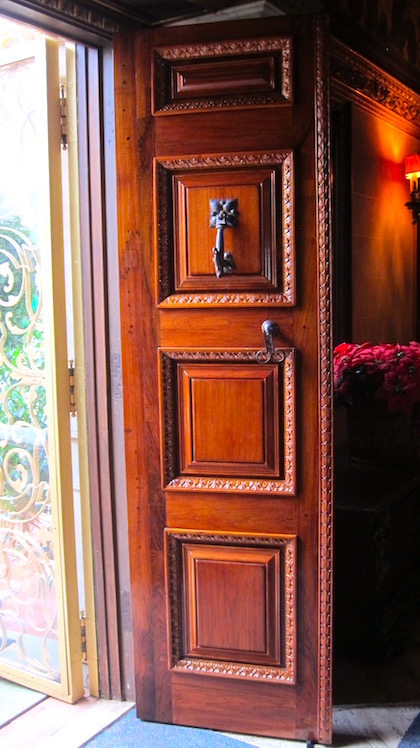
It's time now for you to see how you can incorporate into your home some of this amazing old technology that's still made by a humble business located in northern Indiana - L E Johnson Products Inc.
CLICK HERE to discover more about this company that's been around since I was six year old!
CLICK THE FOLLOWING LINKS to see modern-day examples of doors that disappear and get out of the way like the doors of old.
WARNING: You're going to see amazing doors and rooms. Pay close attention to what you see.
When you land on the page, be sure to CLICK the photo so it enlarges. You need to see all the details in the photos.
Two Doors Share One Pocket - BRILLIANT!
BeetleJuice Table - No Kidding!
Sports Gear Hide-away With Ventilation!
Dogs and Kittens Living Together!
Magic Mirrored Sliding Door - What's Behind it?
Fruit & Flowers and Classic Lines
The Scavenger Hunt Shall Now Begin
Did you click all the links above? You'll need to so you can answer five easy questions.
If not, go back up and click all and look at what you see.
THANKS in advance for doing this. You'll be amazed at some of the doors.
Let's see how much you remember. Feel free to revisit the pages if necessary.
CLICK HERE and answer the simple easy questions.
